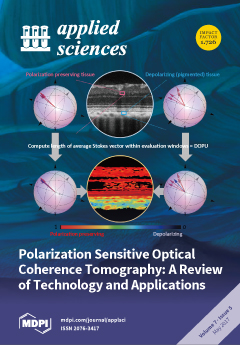1
Deutsches Elektronen-Synchrotron DESY, Notkestrasse 85, D-22607 Hamburg, Germany
2
National Research Tomsk Polytechnic University (TPU), Pr. Lenina 30, 634050 Tomsk, Russia
3
Van ’t Hoff Laboratory for Physical and Colloid Chemistry, Debye Institute for Nanomaterials Science, Utrecht University, Padualaan 8, 3508 TB Utrecht, The Netherlands
4
SLAC National Accelerator Laboratory, 2575 Sand Hill Rd, Menlo Park, CA 94025, USA
5
UC San Diego, 9500 Gilman Dr., La Jolla, CA 92093, USA
6
Shubnikov Institute of Crystallography RAS, Leninskii Pr. 59, 119333 Moscow, Russia
7
Center for Free-Electron Laser Science, DESY, Notkestraße 85, D-22607 Hamburg, Germany
8
National Research Nuclear University MEPhI, Kashirskoye Ch. 31, 115409 Moscow, Russia
9
Present address: Department of Physics, University of Konstanz, D-78457 Konstanz, Germany
10
Present address: European XFEL GmbH, Holzkoppel 4, D-22869 Schenefeld, Germany
11
Present address: NSLS-II, Brookhaven National Laboratory, Upton, NY 11973-5000, USA
12
Present address: UC San Diego, 9500 Gilman Dr., La Jolla, CA 92093, USA
add
Show full affiliation list
remove
Hide full affiliation list





